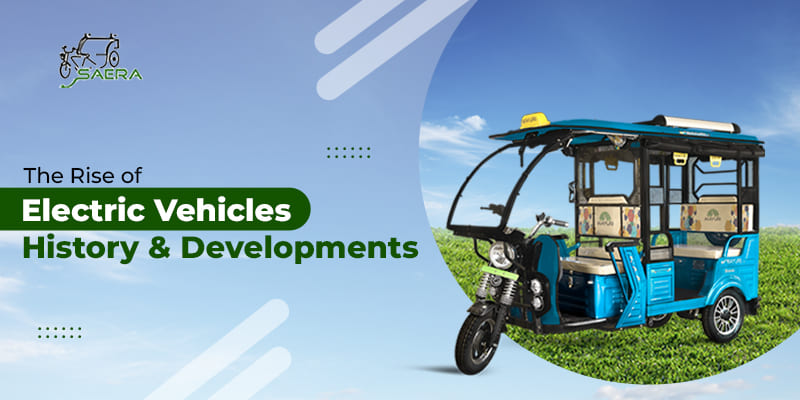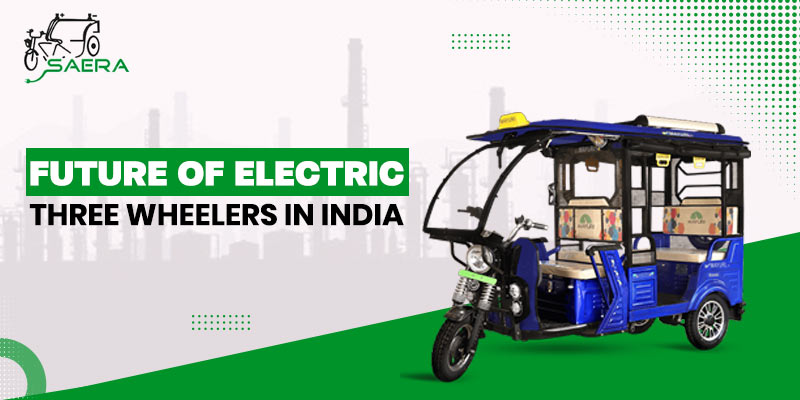Conservative estimates suggest that the Indian electric vehicle financing market is valued at US$2.15 billion and it is expected to reach US$4.37 billion, registering a CAGR of above 15 percent over the next five years. But all is not as bright as it appears when it comes to financing or lending.
Tata Motors’ decision was taken despite the fact that the company had bagged 66 percent of the business in the first phase of the tender in 2022, where the company was supposed to deliver and operate about 3,600 electric buses for State Transport Undertakings (STUs).
This incident has come as an alarm bell in a nascent yet fast-transforming electric vehicle market in India, which is set to touch about Rs 20 lakh crore by 2030. So, when a big player like Tata Motors decides to sit out, eyebrows are raised as to why and the reason behind it.
It seems that the sole reason for the drop-out by Tata Motors is uncertainty over financial returns.
As most of the STUs operating in India continue to bleed and there is often a possibility of payment default or delays. The auto major’s decision appears to have been motivated by its concern about the lack of payment assurances in tenders.In a recent post earnings call P B Balaji, Group CFO of Tata Motors said, “Credit risk or collection risk is something neither one of us wants. I am sure there will be a solution for it.” Over 50,000 electric buses are expected to be in operation by the end of the decade, according to Convergence Energy Services (CESL), a division of Energy Efficiency Services (EESL), a subsidiary of the Indian government under the Ministry of Power.
The blueprint was based on the Grand Challenge, which was finished successfully and led to the lowest prices ever for e-buses, that would be operated under Gross Cost Contract (GCC) model.
Sudhir Mehta, Founder and Chairman of Pune based Pinnacle Industries and EKA Mobility which is a newbie in the space agrees. Mehta noted that there is still a clear divide globally between those who sell buses and those who finance them, asserting that “no automotive company in the country has that kind of financial clout.” Mehta’s company took part in the CESL tenders and has added a few more contracts, bringing its total e-buses order to 400 units.
According to Manish Chourasia, MD of Tata Cleantech Capital, a joint venture between Tata Capital and the International Finance Corporation (IFC) of the United States, much of the funding was initially based on the strength of the promoters’ group, but as volumes are rising, so is the reticence.
“When strong groups implement the project, the lenders fund it as they have faith in these large groups. There is an assurance that even if the project goes bad, the group is strong enough not to default,” he explained adding if the project has to scale up, “then obviously the project boundaries have to be strengthened, especially in terms of the payment risk,”Chourasia noted, whose firm has funded a few OEMs participating in the tenders.
Speed bump
Till now, none of the e-buses have been deployed from the tender. CESL had managed to discover prices that were 27 and 25 percent lower than diesel and CNG, respectively, without considering the subsidy.
On the one hand, the tender pricing has been at an extremely rock-bottom level— where an OEM will be barely able to make money, on the other hand, some of the STUs where these buses are likely to be deployed have had a chequered history of endlessly delaying the payments. If not an outright default — the state government often having to chip in and bail them out.
Even where contracts are executed, the cost of financing remains high — making the entire business proposition a risky affair for the organisations.
The way out
According to industry stakeholders, there are four structural modifications needed in the context of EV financing.
The first factor is the cost of financing — if the industry gets access to green financing, it will help them secure affordable loans from international organisations like the World Bank and big pension funds.
The second requirement is to get ‘priority lending status’, so that banks and other financial institutions are compelled to allocate a dedicated portion of their credit to EVs and its ecosystem.
The third and the most critical step is to create a payment security mechanism that can give OEMs some assurance that their payments will not be missed and that if they do, there will be a recourse.
The fourth factor is that contracts need long-term loans to match their 10- and 12-year terms, which are similar to infrastructure contracts with moderate but constant returns.
The resolution on the payment assurances is still being worked out, said Mahua Acharya, the former MD and CEO of the state-owned energy transition business Convergence Energy Services Limited (CESL), under whose leadership the e-bus tenders took off stresses that a payment security mechanism on the lines of Solar Energy Corporation of India (SECI) performs for the renewable energy industry, can be an alternative.
SECI serves as a link between power developers and distributors. “In doing its job, it (SECI) provides comfort to those who sell power, knowing that the power will be taken and they will be compensated,” noted Acharya, highlighting that a similar mechanism can be adopted for the EV industry.












